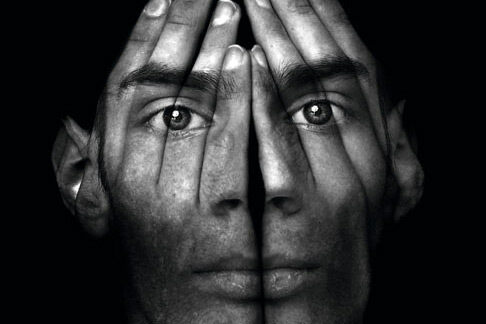OVERVIEW
This page is designed to organize content that is relevant to the topic of psychosis. This term is used often in medicine, and it is important that we become as familiar as possible with it.

WHAT EXACTLY IS IT?
Before going any farther, let us make sure we clearly define psychosis. Psychosis is not a specific disease, but rather a presentation/syndrome that can be caused by caused by many different diseases. It is broadly defined as a mental condition where contact with reality is lost. Psychosis can present with the following signs/symptoms:
Delusions: these are strongly held false beliefs that can be either bizarre/non-bizzare (plausible/not plausible).
Hallucinations: auditory hallucinations are the most common in psychosis, however the other sensory modalities can be involved as well.
Disorganization: both thought and behavior disorganization can be characteristic of psychosis. This can take many different forms.
ORGANIZING THE DIFFERENTIAL
The differential diagnosis for psychosis can be organized in a few different ways:
- Can’t miss diagnosis
- Organ systen
- Disease category
- Diagnostic modality
- Most common diagnosis
CLINICAL “WORKUP”
Now that the possible causes of psychosis have been established, the focus can shift to how one would actually “work-up” a patient who presents with psychosis.
Page Updated: 09.12.2016